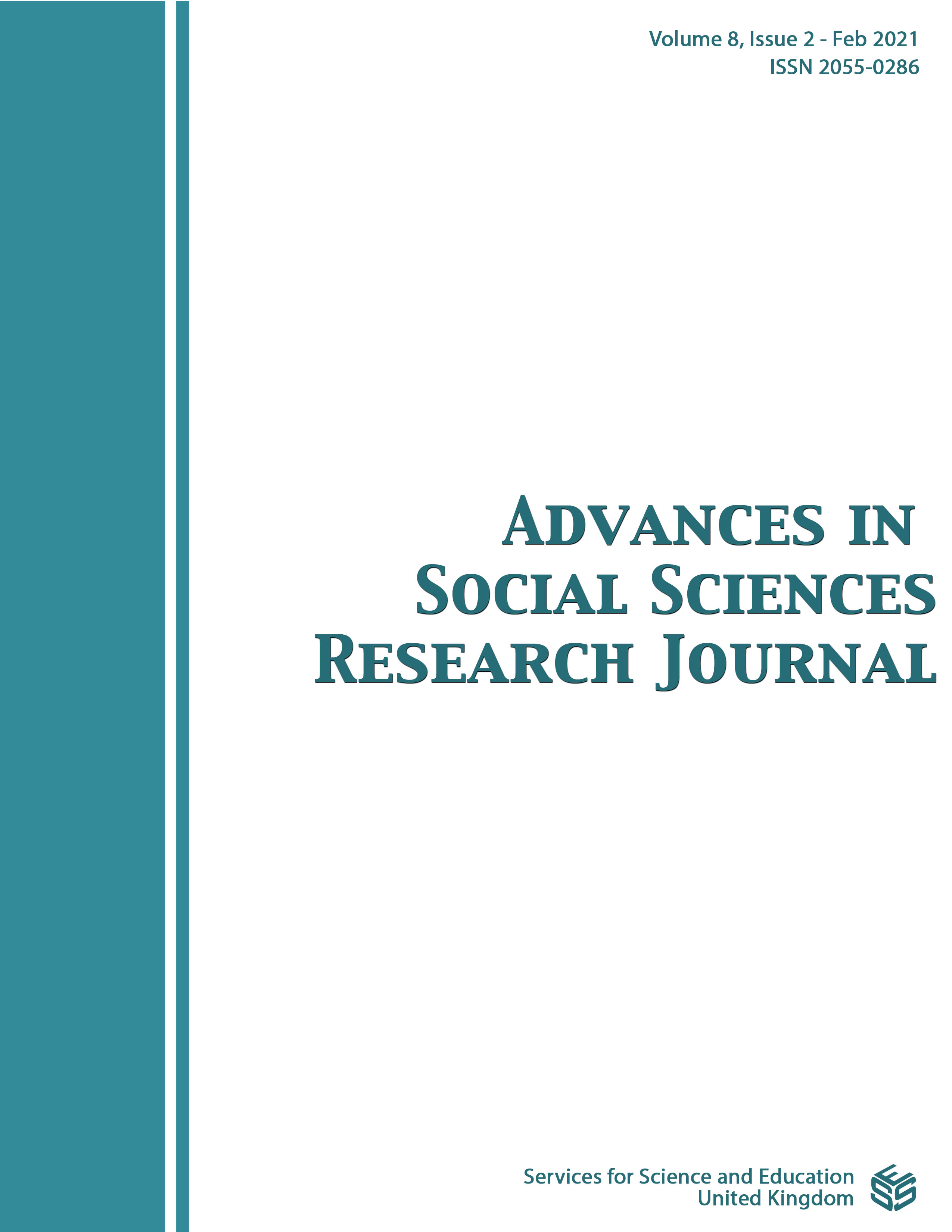Education as a Strategy for Active Aging Learning Center in Taiwan
DOI:
https://doi.org/10.14738/assrj.82.9650Keywords:
Active Aging Learning, Lifelong Learning, adult learning, managementAbstract
The population of individuals who are over 65 years-old in Taiwan has grown from less than 10% in 2008 to 14% in 2018. Since 2008, Taiwan has officially been an aging nation as defined by the World Health Organization. With the current rate of growth, we expect the country to become a super-aged society with 20% of the population being older than 65 years of age in 2025. The challenge Taiwan currently faces in bracing for a rapidly aging society is more difficult than ever. In response to a rapidly aging population, universities have been cooperating with the government since 2008 in promoting a community-based lifelong learning-oriented "active aging" education policy, of which we collectively call "Senior Learning" (“Le-Ling Learning” in Mandarin, meaning “Active Aging Learning”). 12 years into implementing the program, 369 senior learning centers have been established in Taiwan by 2020. These established centers with their extensions can be found throughout Taiwan, including 360 towns and cities as well as 3,175 villages. These centers, supported by local resources (e.g. schools, and non-governmental organizations), provide senior learning courses and activities. There are thousands of community volunteers participating every year, as well as over 200,000 hours of Active Aging Learning course duration prepared by the government; moreover, there are currently 200 instructors trained for teaching these programs. Active Aging Learning program has truly become a “zeitgeist” in Taiwan in response to the elderly society. In caring for the elderly, meaningful educational learning has become the best strategy as reflected by the public.
The purpose of this article is to report on the developmental background, promotion model, effectiveness of, and the prospects of Active Aging Learning in Taiwan. The contents of this article include: (1) the conceptual basis of Active Aging Learning, (2) the practice mode and strategy of Active Aging Learning, (3) the implementation effect of Active Aging Learning, and (4) the future progress of Active Aging Learning. The research data in this article originate from policy documents, both qualitative and quantitative data for the implementation of the Active Aging Learning program, as well as my 12 years of practical observations and experience as the overall project principal investigator. Through reading this article, the readers can quickly understand the implementation process, effectiveness, and problems of senior learning in Taiwan, as well as the key findings of our 12 years of experience. We found that the best strategy for an aging society is not to emphasize "care" in the context of traditional pathology, but to learn in order to "prevent". Educational strategies and talent cultivation are the broad directions of our active efforts.
References
Lin, L. H. & Kou, C. Y. (2016). Investigation on the Social Outcome of Senior Education. Humanities and Social Sciences Newsletter Quarterly, 48-54.
Ministry od Education. (2017). 2016 Senior Lecturer Teaching Effectiveness Analysis Preliminary Investigation Report.
Ministry of Civil Service. (2016). 2016 Statistics of civil servants. Extracted from https://www.mocs.gov.tw/pages/detail.aspx?Node=1205&Page=5321&Index=1
Wei, Hui-Chuan. (2012). Problems and reflections on senior education practice before the implementation of Active Aging Learning in Taiwan in 2008. Journal of Adult and Lifelong Education, 17, 1-32.
Ministry of Health and Welfare. Survey report on the condition of the elderly. Extracted from file:///C:/Users/user/Downloads/5.%E8%AA%BF%E6%9F%A5%E5%88%86%E6%9E%90.pdf.
Wei, Hui-Chuan. (2015). Active Aging Learning. New Taipei City: Open University.
Wu M.L., Li A.T. (2017). 2015 Adult Education Survey Report. Taipei: Wunnan
Downloads
Published
How to Cite
Issue
Section
License
Authors wishing to include figures, tables, or text passages that have already been published elsewhere are required to obtain permission from the copyright owner(s) for both the print and online format and to include evidence that such permission has been granted when submitting their papers. Any material received without such evidence will be assumed to originate from the authors.






